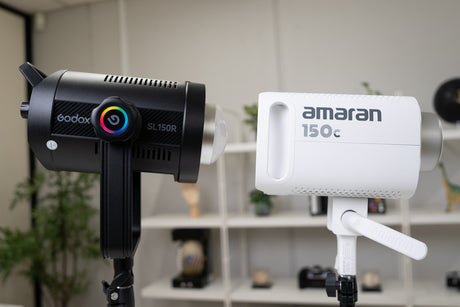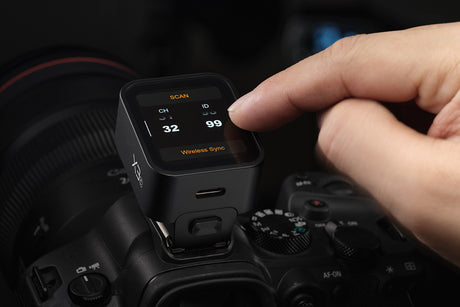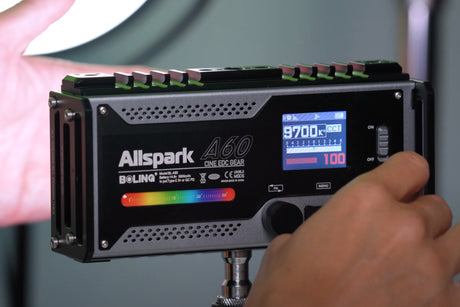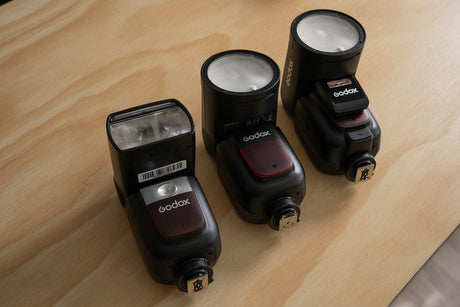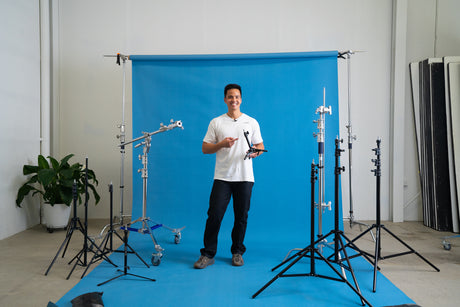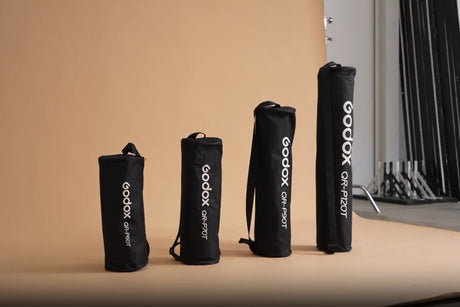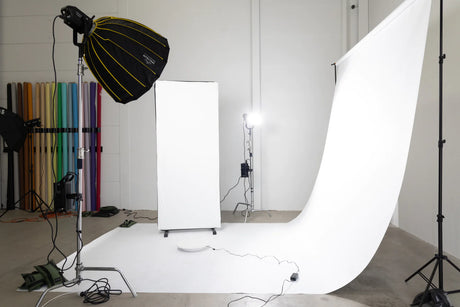Why precisely are digital cameras so popular today? Is there some sort of rocket science involved, which makes digital cameras superior over roll film cameras? Are they really a “good thing” to all enthusiast or they do have some drawbacks too? Let us look at some of the advantages and disadvantages of digital cameras with respect to photography.
Advantages of Digital Photography
First, the good news- There are several advantages of digital photography and they are appropriate to everyone from amateur photographers to professional photographers. Here’s why:
• Eliminates Film and Film Processing– This is probably the most significant of all its advantages. You do not have to spend your time and energy in developing the roll of film in a dark room. Using a digital camera, means that you can take pictures without paying for film or wondering which type of film to buy, in fact, you will never have to buy film again.
• Large Photo Storage– Digital cameras can easily store up to 10,000 photos, depending on the size of the memory card and the quality of pictures you are taking. This completely outweighs the storage capacity of traditional roll film cameras.
• Operating Speed– In case of earlier cameras, one always had to “wind” the film after clicking a photograph. This led to a certain amount of time delay and inconvenience to the user. With digital cameras, no such activity is required. You simply point and shoot.
• Face Detection– High-end digital cameras have been thoroughly designed for face detection through the camera lens. Minimizing the instances of getting all those blurry faces and red-eye photographs!
• Motion Detection– These days, high-end digital cameras also come equipped with inbuilt motion detection features which adjust moving images and thus, avoiding blurriness. This becomes particularly helpful when taking pictures of moving objects; like a car race or a soccer game in progress.
• Night Modes- Taking pictures in dark or dim-lit surroundings has become much easier, thanks to special night mode features that are usually available in today’s digital cameras.
• Easy Image Editing– Digital images can be edited with ease. Image editing software are easily and widely available and they allow you to tweak the photograph as per your preference.
• Viewfinder and Preview Screens– Digital cameras have viewing screens on the camera body which allow you to view the image as soon as you have clicked it. If you do not like it, you can simply delete it giving you back the storage space intended for better shots.
• Video Recording Capability– Today, most digital cameras come fully equipped with built-in video recording features. So if you come across something that you would prefer to record rather than to click, you can simply do it using the same camera.
• Get Green- It is environmentally sound. No processing chemicals to wash down sewers. The massive amount of water and electricity used to process film are no longer needed. Also, you won’t need to worry about recycling those little plastic film containers.
• Wiser Choice- Digital cameras are extremely cost-effective, adaptable, and offer total VFM (value for money). Besides, they are continuously being upgraded with new features, thanks to constant technological advances.
Disadvantages of Digital Photography
Now, the bad news- There are some downsides to digital photography. It is not yet perfect and we are all still paying for the manufacturers’ research and development costs. Here are some of the cons:
• Memory Card Problems– All the photographs, video clips, etc., are stored on a memory card. In certain rare cases, the memory card can become corrupt or can develop other issues which can result in permanent loss of data.
• Higher Initial Cost– High-end, fully-loaded digital cameras tend to be a little bit pricey as compared to roll film cameras.
• Battery Consumption– Battery consumption depletes more quickly in digital cameras. This makes it necessary to keep a few extra batteries in hand, especially during extensive photo sessions.
• Image Resolution– 35mm film has an image resolution that is roughly equivalent to a 25 megapixel full frame sensor. While digital image sensors continue to improve and digital cameras get better every day in general, film images still wins when it comes to resolution and quality.
• Range- Film has a higher superior dynamic range than digital cameras. This means that film can capture a wider range of tonal quality. This is a huge factor in overall image quality because it means it is harder to overexpose an image using film. Film typically can produce different shades of white which helps prevent overexposure of highlights. This means that film has the advantage when it comes to capturing shades of light especially at sunrise or sunset.
• Shutter lag– Digital cameras, especially the less expensive models are prone to have shutter lag which is the delay in time from when you press the shutter button and the time the image is captured.
• Multiple Exposures– It is difficult if not impossible to do double or multiple exposures on a digital camera. Plus digital cameras are more prone to noise on really long exposures.
The post Advantages and Disadvantages of Digital Photography appeared first on Hypop Photography Tips.



